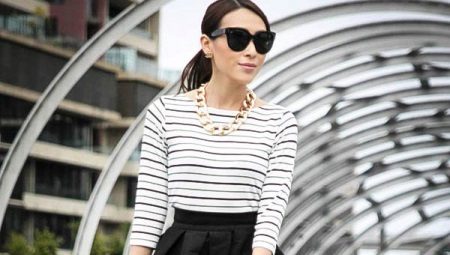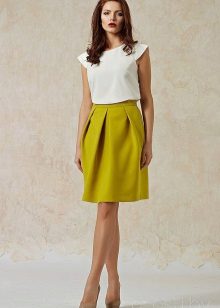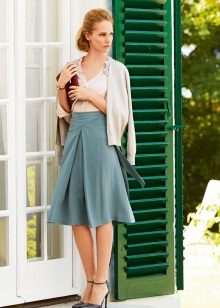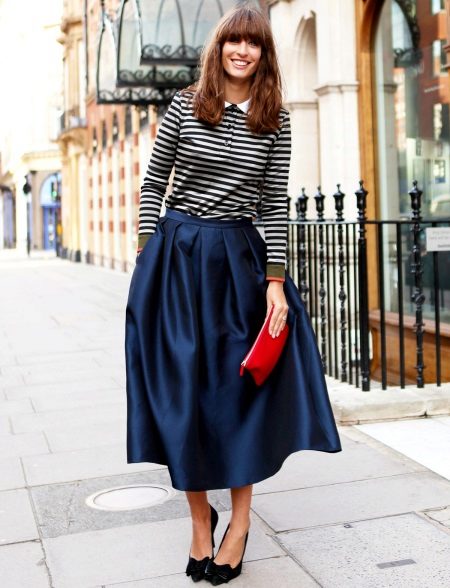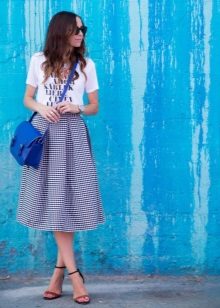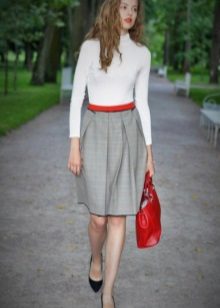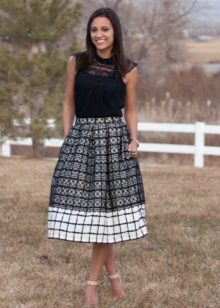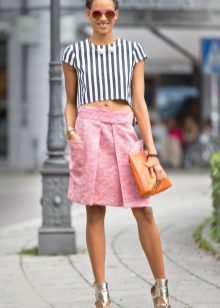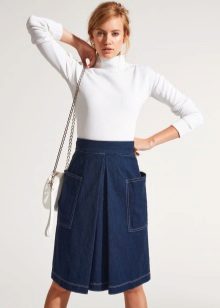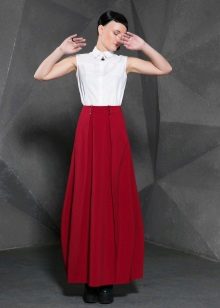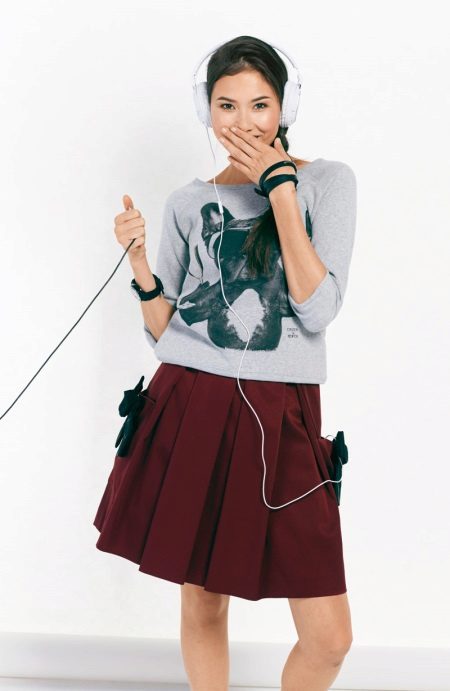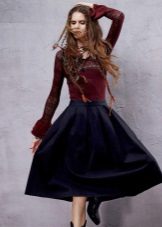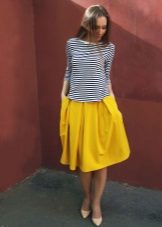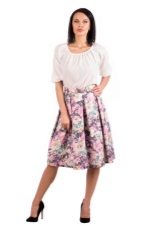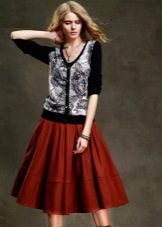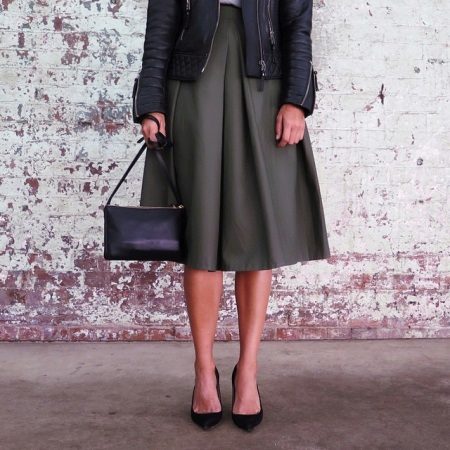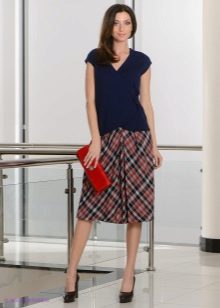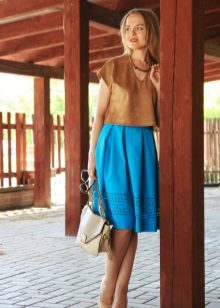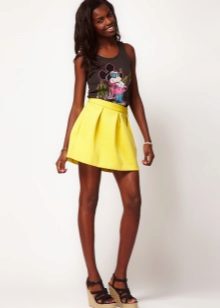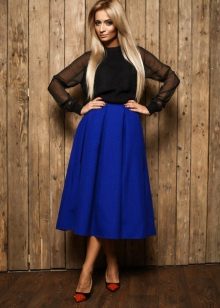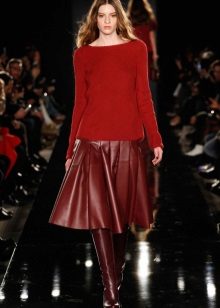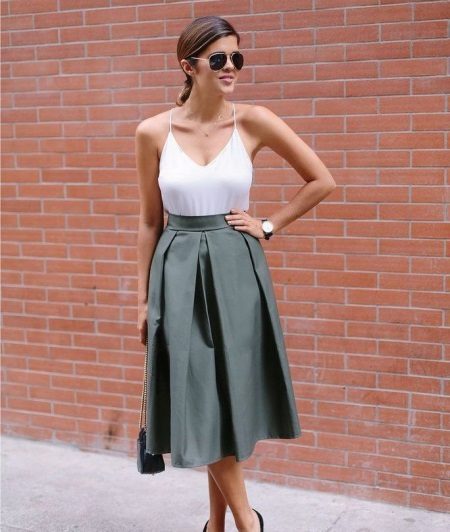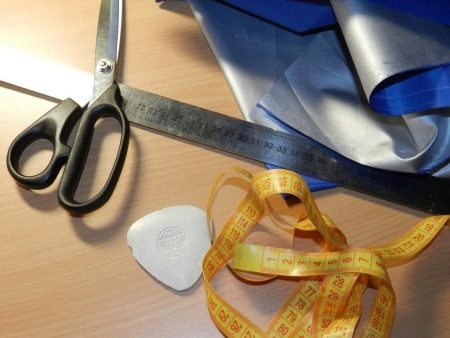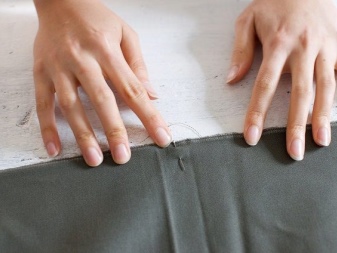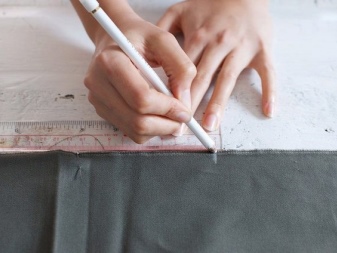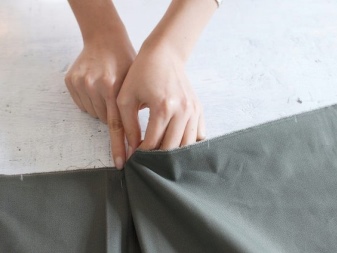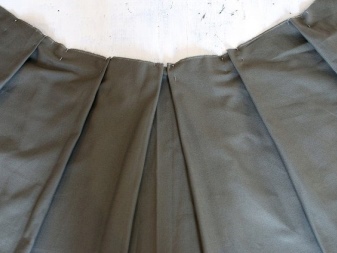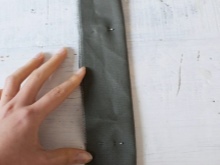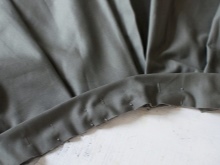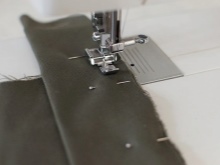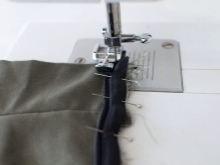Pleated skirts have a very rich and ancient history. Over the centuries, they are forgotten, then again pushed onto a fashionable pedestal.
Today, these skirts are again at the peak of popularity. Modern women of fashion had time to miss the feminine, romantic style, so skirts in the retro style have become incredibly relevant.
Not many of us pay attention to the fact that the folds on different models of skirts and dresses can differ significantly - it all depends on how this product is tailored.
In this article we will tell you about the skirts with cross-folds: about their features, as well as how to sew a similar skirt on their own.
Features
In one of the articles we talked in detail about skirts with bantovye folds. In fact, bow and counter folds are the same thing. Counter-folds, if you look at them from the front of the product, are directed by bends on each other.
If you turn the product and look at it from the wrong side, the folds will be directed in opposite directions - such folds are called bantovye. Thus, the counter folds are the other side of the bow folds.
The skirt with opposite folds can be absolutely any length - from mini to maxi. Styles are also very diverse.
Opposite folds drape not only wide puffy skirts, but also narrowed or straight models. For example, a pencil skirt decorated with pleats along the hem, or a tulip skirt with two to three deep oncoming pleats, looks very interesting.
To form beautiful, steady folds, it is important to choose the right skirt material.
For winter models use thick, warm fabrics, such as wool or tweed. For the spring-autumn season, they often choose jeans or classic jacket fabric. In summer, preference is given to lighter materials - chiffon, cotton, lace, viscose, etc.
What to wear?
The fold-over skirt looks very elegant and a little flirtatious. It can be combined with things in a variety of styles: it all depends on the model and the material of the skirt itself.
For example, summer models made of lightweight, airy fabrics, as a rule, are rather voluminous, so it is better to combine them with a slinky or straight top, whether it is a thin top, T-shirt or T-shirt.
A short denim jacket or denim shirt, knotted at the waist, will also harmoniously fit in here.
Skirts with colliding folds of thick materials are often worn as part of a business suit. In this case, they are well combined with strict shirts or more informal blouses (depending on the dress code), turtlenecks or jackets.
If the skirt has a tight-fitting or semi-tight silhouette, then the top can be looser.
Any skirt, including, and with counter folds looks best with shoes with heels. Therefore, you can combine it with office shoes, sandals, boots or high-heeled shoes.
Those who prefer a flat sole can wear graceful shoes without a heel, ballet flats or even sneakers to such a skirt.
How to sew?
If you have at least minimal knowledge in the field of cutting and sewing, the creation of a skirt with opposite folds will not be a big problem for you. In addition, this model does not need a pattern - all measurements are transferred directly to the fabric.
The most important thing is to correctly calculate the folds. But first you need to stock up on tools and materials for work. So, we will need:
- the cloth;
- lightning (preferably secret and in tone of fabric);
- tailoring scissors;
- tailoring meter;
- threads;
- crayon, bar of soap, or washable marker;
- a set of pins and needles;
- sewing machine;
- iron.
Patterns
- Before wearing the markup, the material must be ironed well. Then spread it on a flat, solid surface.
- We start the measurements: we need to know the length of the skirt, as well as the waist coverage and the volume of the hips.
- We determine the desired length of the skirt, add 3 cm to the hem and mark the length on the fabric (the belt should not be taken into account). Cut the canvas along the length.
- Next we need to calculate the number, width and depth of the folds. How to do this, we described in detail in the article "Skirts with bantovye folds."
- In accordance with the calculations made, we note the location of the folds on the canvas.
Sewing
- The next important stage is the formation of folds. Each fold is fastened with pins and basting, then carefully ironed - about 1/3 of the entire length.
- The upper edge of the product should be processed by attaching a belt to it. To give the belt stiffness, we lay in it a glue "web".
- Sew a belt, sew a secret zipper into the middle seam of the product. Then we sweep and grind off the middle seam.
- We process the skirt hem: bend the bottom edge 1 cm, iron well, then bend another 2 cm; we process edge finishing lower case.
Fashionable pleated skirt is ready!
